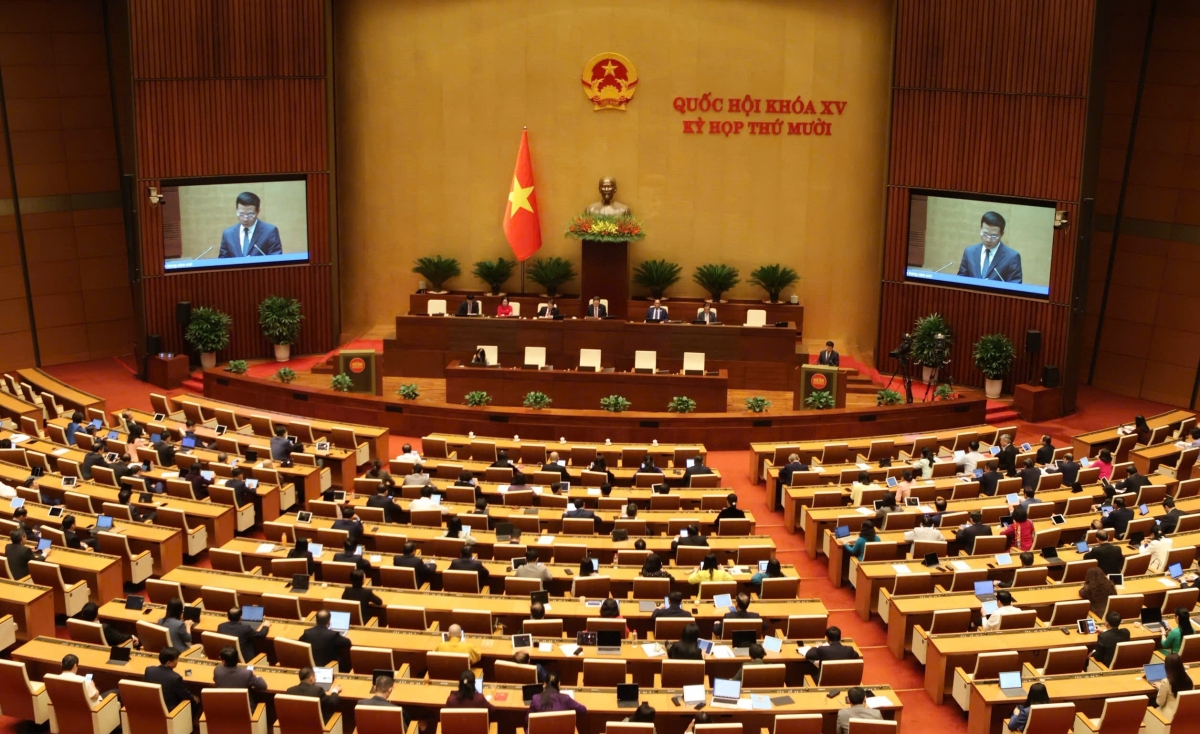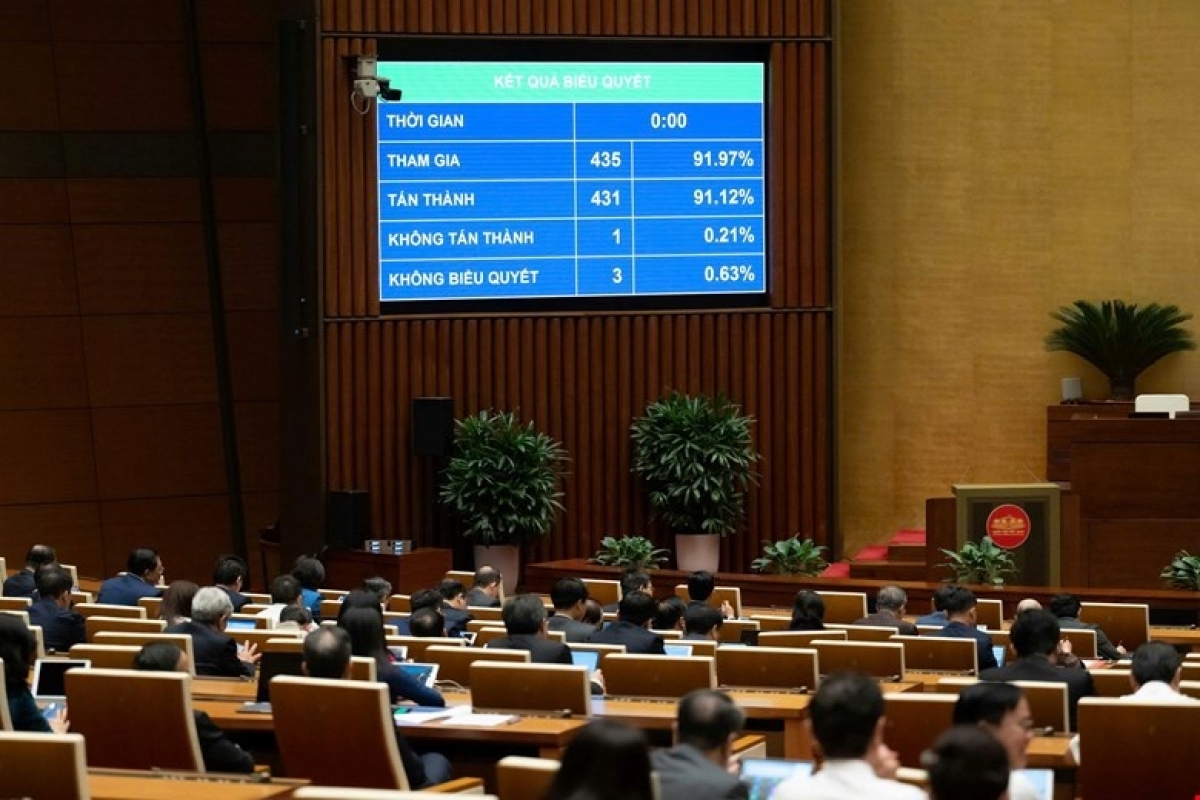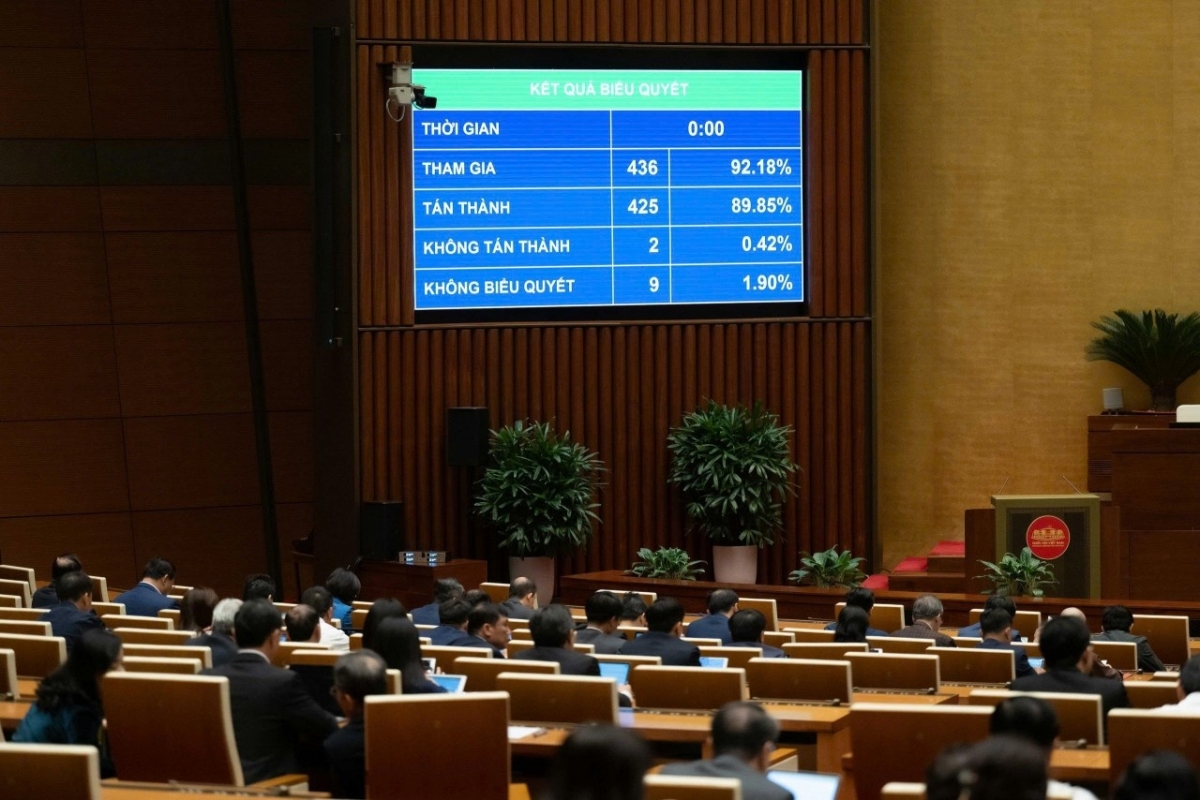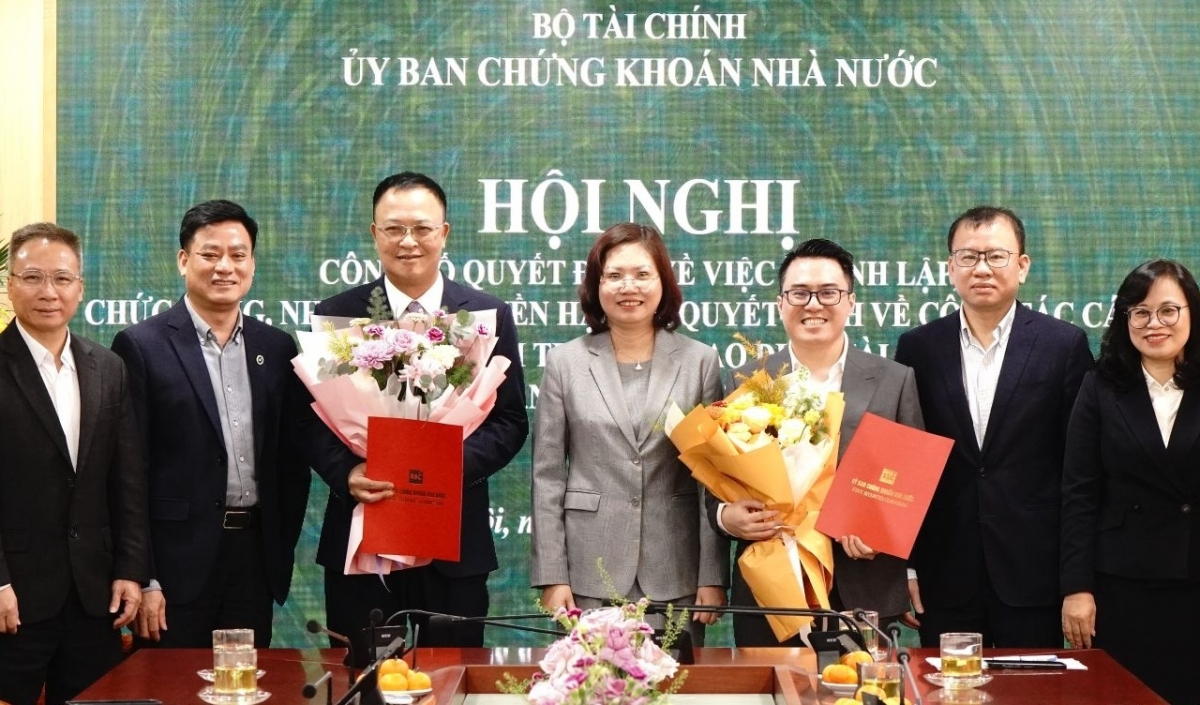INTERNATIONAL INVESTMENT
AND PORTAL
Pursuing a combined resilient and net-zero development pathway will require additional investments of around $254 billion for adaptation and $114 billion for decarbonisation in the main emitting sectors (energy, transport, agriculture, and manufacturing).
Cooperation in international carbon markets may open a potential revenue stream for Vietnam that can be used to catalyse green growth and achieve net-zero emissions. Article 6 of the Paris Agreement, for example, can be used to channel some of the additional resources by selling emission reductions that go not just beyond business as usual, but beyond the country’s unconditional Nationally Determined Contributions (NDC) commitment.
 DR. Huong Ta - Senior program officer Global Green Growth Institute Vietnam
DR. Huong Ta - Senior program officer Global Green Growth Institute Vietnam
Market-based approaches
Article 6 of the Paris Agreement allows countries to voluntarily cooperate with each other to achieve emission reduction targets set out in their NDCs. This means a country will be able to transfer carbon credits earned from the reduction of greenhouse gas (GHG) emissions to help one or more countries meet climate targets.
Article 6 describes three distinct mechanisms to back ambitious emissions reductions through cooperation: Article 6.2 on bilateral and multilateral cooperative approaches; Article 6.4 on market mechanisms overseen by a supervisory body; and Article 6.8 on a non-market approach.
With its adoption in 2021 and the increasing number of piloting programmes, more clarity is forming around the design and functions of Article 6. However, each participating country would need to assess and manage potential regulatory, market dynamics, and environmental integrity (double counting) risks.
Government policies, guiding authorisation, and other internal processes are necessary for countries to be able to meet the participation requirements of the Paris Agreement. Additionally, a strategic approach to engage in the market is key to ensuring seller countries maximise the potential benefits of Article 6 without overselling emissions.
Government policies and strategies as well as processes and technical infrastructure, commonly referred to as governance frameworks or national frameworks, are important tools for government decision-making and they can both provide signals to and reduce risk perception for potential buyers.
Utilising experiences
Vietnam has undertaken efforts to build domestic carbon pricing instruments. The country has been very successful in deploying a clean development mechanism (CDM). In 2007, the prime minister stipulated a number of financial mechanisms and policies for CDM projects. Vietnam ranked fourth in the world in terms of numbers of projects, with over 250 CDM projects recognised, making a total amount of GHG reduction potential of about 140 million tons of CO2 equivalent in the credit period.
As for the voluntary market, Vietnam has participated through mechanisms such as the joint credit mechanism and the Programme on Reducing Emissions through Deforestation and Degradation.
The Law on Environmental Protection, passed by the National Assembly in October 2020, regulates the organisation and development of the carbon market as well as the implementation roadmap for the market. Decree No.06/2022/ND-CP also stipulates some articles of the revised 2020 Law on Environmental Protection.
More specifically, it defines a pathway for the establishment and development of the domestic carbon market. Accordingly, the Ministry of Finance and the Ministry of Natural Resources and Environment are responsible for developing the domestic carbon market. It is expected that from 2025 a carbon trading will be set up and piloted.
The introduction of carbon pricing regulations for domestic instruments can create an enabling environment for Article 6 trading. Decree 06 defines a system for measurement, reporting, and verification of mitigation of GHG emissions and regulates the national system as well as GHG inventory development, which are crucial for Vietnam to participate in the international markets.
While some seller countries like Vietnam have gained market experiences from the CDM, Article 6 trading is likely to require more strategic planning and oversight. Seller countries must carefully analyse opportunities and risks for seller countries and tailor training to the many different domestic audiences involved in implementing mitigation activities and transferring what are known as internationally transferred mitigation outcomes (ITMOs).
Cooperation among service providers and opportunities to share lessons learned among practitioners will be critical. Providing potential market participants with a consistent, reliable platform for knowledge exchange, including lessons learned and best practices, could help close the capacity gap.

Learning by doing
Capacity building and awareness raising activities for Article 6 can play an important role in ensuring governments, and private sector developers are ready to engage in the market both in the short and long terms. During this early stage of the market, participants are still digesting basic concepts around carbon trading and market dynamics, as well as information about the participation requirements in the Paris Agreement.
Development partners play a key role in providing this support through training or through establishing knowledge exchange and promoting cross-learning between market participants.
More piloting and “learning by doing” is critical for Article 6.2 implementation. Rules, modalities, and procedures need further clarification for the market to take off. For Article 6.2 transactions, norms that lay out the proper processes and procedures can be developed only as transactions are implemented.
Although not all countries are interested in being early movers, this learning by doing approach taken by many countries in partnership with potential buyers is essential for market development. In Vietnam, this mechanism is applied in the project on Designing Policy Approaches under Article 6, and implemented by the Global Green Growth Institute (GGGI) alongside Indonesia, Morocco, and Senegal.
Levelling the playing field between buyers and sellers is critical to facilitate cooperation in international carbon markets. The GGGI envisions that a carbon transaction platform (CTP) will provide equitable spaces at the table for all stakeholders interested in ITMO transactions under Article 6.
Through the initiative, approved in October 2022, the GGGI will scale up and expand knowledge exchange, technical assistance, and capacity building around key issues related to Article 6 transactions through a readiness facility. The CTP brings a comprehensive solution, addressing the major challenges in Article 6 market development as defined by the Paris Agreement.
Private sector participation will also be essential to enable countries to meet their NDC targets. While government must focus attention on developing enabling policies for investment and an adequate governance framework, private sector actors need to be equally well-informed about the structure and rules of the Article 6 market, and the risk and opportunities of engaging in ITMO transactions.
Engaging in carbon trading is indisputably identified by countries as the vital instrument for them to reach their mitigation targets. Nevertheless, there is still much work to be done until the full implementation of international market-based approaches that allows countries to participate in.
The remaining guidance and rules for Article 6 will be continued to be discussed and negotiated. These include, for example, the registries and reporting under Article 6.2, or the methodologies used and the CDM transition under Article 6.4.
What comes out of COP27 will further shape the formulation of the international carbon market, which certainly affects how countries need to respond and adapt. At the national level, whether countries succeed in not just developing but implementing domestic carbon market with meaningful results, will also require extensive and collective efforts from cross sectors, stakeholders, and communities.
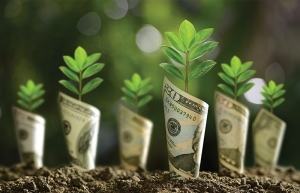 New finance instruments in play for climate future
New finance instruments in play for climate future
Given the current status, a novel public development bank or energy-focused financial vehicle could support Vietnam to realise its goal of transitioning to a low-carbon, climate-resilient economy in an equitable manner.
 Action plans for high-income and low-carbon future
Action plans for high-income and low-carbon future
About $184 billion at current value – that’s the estimate of the potential investment opportunities for the private sector over the next couple of decades to help Vietnam on a climate-resilient and net-zero development pathway.


